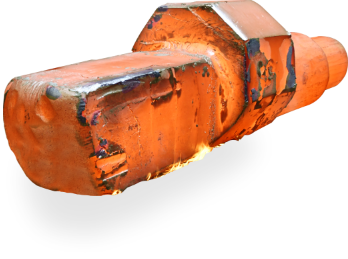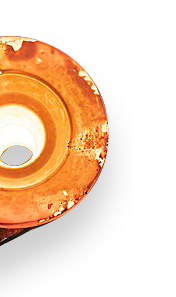.jpg)
Custom Forging Solutions
Achieve your custom forging goals with a Scot Forge expert consultation. Your team knows the desired result, and ours helps get you there. You can design with confidence harnessing our years of experience coupled with industry-leading technology through collaboration and partnership.
Meet your demanding product requirements while cutting time, costs and material waste with our customized solutions.

.jpg)
Custom Forging Solutions
Achieve your custom forging goals with a Scot Forge expert consultation. Your team knows the desired result, and ours helps get you there. You can design with confidence harnessing our years of experience coupled with industry-leading technology through collaboration and partnership.
Meet your demanding product requirements while cutting time, costs and material waste with our customized solutions.

.jpg)
Custom Forging Solutions
Achieve your custom forging goals with a Scot Forge expert consultation. Your team knows the desired result, and ours helps get you there. You can design with confidence harnessing our years of experience coupled with industry-leading technology through collaboration and partnership.
Meet your demanding product requirements while cutting time, costs and material waste with our customized solutions.

Long-Term Reduced Costs and Shortened Lead Times
With more than 125 years of industry experience, Scot Forge has developed innovative and technical processes that deliver our customers:
-
Reduced manufacturing costs
-
Improved part performance
-
Minimized material waste
-
Shortened lead times
-
Enhanced quality
-
Reliability
TECHNICALLY TRAINED SALES AND ENGINEERING TEAMS
Bring custom forging knowledge and expertise to work with you as an extension of your team helping you:
-
Simplifying your manufacturing supply chain
-
Optimizing your manufacturing practices
-
Achieving near-net-shape parts not previously available
-
Evaluating and customizing materials for your application
-
Enhancing design to reduce welding and material inefficiencies
-
Improving part quality and metal integrity
-
Eliminating unnecessary processing
-
Designing parts to take advantage of forging as a superior replacement to alternat metalworking processes
Long-Term Reduced Costs and Shortened Lead Times
With more than 125 years of industry experience, Scot Forge has developed innovative and technical processes that deliver our customers:
-
Reduced manufacturing costs
-
Improved part performance
-
Minimized material waste
-
Shortened lead times
-
Enhanced quality
-
Reliability
TECHNICALLY TRAINED SALES AND ENGINEERING TEAMS
Bring custom forging knowledge and expertise to work with you as an extension of your team helping you:
-
Simplifying your manufacturing supply chain
-
Optimizing your manufacturing practices
-
Achieving near-net-shape parts not previously available
-
Evaluating and customizing materials for your application
-
Enhancing design to reduce welding and material inefficiencies
-
Improving part quality and metal integrity
-
Eliminating unnecessary processing
-
Designing parts to take advantage of forging as a superior replacement to alternat metalworking processes













